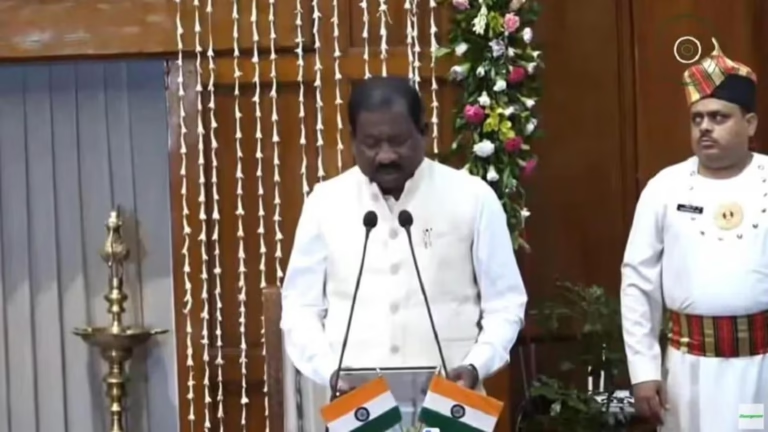The Episcopal Church: A Comprehensive Guide to History, Beliefs, and Practices
Introduction
The Episcopal Church is a mainline Protestant denomination rooted in the Church of England and fully within the global Anglican Communion. With over 1.6 million members across the United States and beyond, it balances ancient liturgical tradition with progressive theology, emphasizing sacramental worship, social justice, and respectful dialogue. This comprehensive article delves into its origins, core beliefs, worship styles, governance, community engagement, and contemporary challenges.

1. Historical Origins
1.1 Anglican Roots in America
-
Colonial Beginnings: The Church of England established parishes in Virginia and Massachusetts in the early 17th century. Clergy were sent from England to minister to colonists, embedding Anglican worship in the New World.
-
Revolution and Independence: With the American Revolution, Anglican clergy ordained by the English episcopate faced loyalty oaths to the Crown. To maintain apostolic succession, American leaders persuaded Samuel Seabury, a Connecticut priest, to seek consecration in Scotland in 1784. His consecration marked the birth of the independent Episcopal Church.
1.2 Growth in the 19th and 20th Centuries
-
Expansion: The 19th century saw rapid growth as congregations formed dioceses across the expanding nation. Seminaries like General Theological Seminary (1817) and Nashotah House (1842) trained clergy in both high and low church traditions.
-
Social Reform: By the late 1800s and early 1900s, Episcopalians engaged in the Social Gospel movement, addressing poverty, labor rights, and education—laying groundwork for modern social justice commitments.
2. Theology and Beliefs
2.1 The Book of Common Prayer
The Book of Common Prayer (BCP) is the liturgical and theological heart of the Episcopal Church. First imported from England in 1789 and revised in 1979, it shapes worship services, collects, and personal devotions. It reflects a via media (“middle way”) between Roman Catholicism and Protestantism.
2.2 Core Doctrines
-
Scripture, Tradition, Reason: Known as the “three-legged stool,” this framework guides theological reflection, balancing biblical authority with historical practice and contemporary scholarship.
-
Sacraments: The Church recognizes two principal sacraments—Baptism and Holy Eucharist—and five sacramental rites (confirmation, ordination, marriage, reconciliation, unction), affirming God’s grace through visible signs.
-
The Nicene Creed: Proclaimed in most services, it unites Episcopalians with ecumenical Christianity.
2.3 Progressive Theology
In recent decades, the Episcopal Church has been a leader in inclusive stances: ordaining women (first in 1974), LGBTQ+ clergy, and blessing same-sex unions. These moves reflect its commitment to equality and have influenced wider Anglican debates.
3. Worship and Liturgy
3.1 Sunday Services
-
Holy Eucharist: Central weekly service, often with organ, choir, and vestments. Lay readers and chalice assistants participate alongside clergy.
-
Rite I vs. Rite II: Rite I uses traditional Elizabethan language; Rite II employs contemporary English. Most congregations offer Rite II, while some maintain Rite I for beauty and continuity.
3.2 Seasonal Observances
-
Advent and Christmas: Marking Christ’s birth with candlelit services, Lessons & Carols, and pageants.
-
Lent and Holy Week: A solemn season with Ash Wednesday, Stations of the Cross, Maundy Thursday foot washing, Good Friday liturgies, and the Easter Vigil.
-
Pentecost and Ordinary Time: Celebrating the Holy Spirit and extended teachings of Jesus.
3.3 Music and Arts
Traditionally influenced by Anglican choral tradition, many parishes feature choral anthems, hymnody by composers like John Rutter and Charles Wesley, and organ preludes. Recent trends include incorporation of contemporary Christian music, multicultural instruments, and visual arts installations.
4. Governance and Structure
4.1 Episcopal Polity
-
Dioceses: The national church comprises 110 dioceses (including U.S. and abroad). Each is led by a bishop responsible for pastoral care and oversight.
-
General Convention: Triennial legislative body where bishops, clergy, and lay deputies debate canons, budgets, and social resolutions. It’s the highest authority for doctrine and discipline.
-
Standing Commission on Liturgy and Music: Reviews liturgical texts and recommends official changes to the BCP.
4.2 Clergy Orders
-
Deacons: Serve liturgically and in community outreach, bridging church and world.
-
Priests: Lead congregations, preside at the Eucharist, and provide pastoral care.
-
Bishops: Consecrated leaders with apostolic succession, responsible for diocesan oversight, confirmations, and ordinations.
5. Social Justice and Outreach
5.1 Historical Advocacy
Since the 19th century Social Gospel, Episcopalians have advocated for labor rights, public health, and civil rights. The Church’s commitment to human dignity manifested in anti-slavery movements and support for women’s suffrage.
5.2 Contemporary Initiatives
-
Racial Reconciliation: Partnering with Historically Black Colleges and congregations to confront systemic racism.
-
Environmental Stewardship: Creation Care ministries endorse sustainable practices, divestment from fossil fuels, and educational programs.
-
Refugee and Immigrant Support: Local parishes sponsor refugee families, provide ESL classes, and legal clinics.
-
LGBTQ+ Inclusion: Many dioceses ordain LGBTQ+ clergy and bless same-sex marriages, celebrating full inclusion.
6. Community Life and Lay Participation
6.1 Lay Ministries
Episcopal polity empowers lay leadership: vestries oversee parish finances and property, while lay Eucharistic ministers lead services in clergy absence. Other ministries include altar guilds, youth groups, and outreach committees.
6.2 Formation and Education
-
Confirmation Preparation: Teens and adults study Anglican theology before Bishop-led confirmations.
-
Bible Study and Catechesis: Small-group programs and adult forums deepen scriptural and doctrinal understanding.
-
Spiritual Practices: Retreats, labyrinth walks, and prayer groups foster spiritual growth.
7. Challenges and Future Directions
7.1 Demographic Shifts
Declining membership among older, traditional parishes contrasts with growth in urban, multicultural congregations. Strategies include church planting, digital outreach, and bilingual services.
7.2 Global Anglican Relations
Tensions with more conservative Anglican provinces over human sexuality and scriptural interpretation require ongoing dialogue and covenantal relationships.
7.3 Technology and Ministry
Post-pandemic, hybrid worship—live-streamed services, online small groups, and digital stewardship—remains crucial for accessibility and engagement.
Conclusion
The Episcopal Church stands at the intersection of tradition and innovation, upholding rich liturgical worship while embracing progressive theology and social action. Its commitment to sacramental life, inclusive community, and reasoned faith offers a resilient model for 21st-century Christianity. Whether exploring Anglican heritage or seeking a faith community passionate about justice, the Episcopal Church provides a thoughtful, welcoming home.







